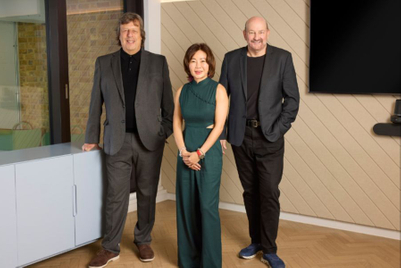
Marketing integration—the ability to bring together resources within a marketer as much as it is within multiple and single agencies—is a growing trend among brand marketers. And agencies are having to adapt, according to a new study by global independent marketing consultancy R3.
Integration 2030, a study on the future of integrated marketing, found that driven by digital media and the growing importance of first-party data, 65% of marketers go beyond traditional agency partnerships to include specialists and media platforms for services such as sustainability, metaverse, social influencer engagement, and data analytics.
The report highlights 25 case studies showing how brands such as Cadbury, General Mills, Netflix, New Balance, P&G and Walmart are moving towards new agency models and integrating services. Four factors were found to be shaping the direction of client-agency partnerships:
- The role of marketing as conductor: As the number of partners grow, marketers face the challenge of aligning varied partners towards a common a goal.
- The role of global and local: With emphasis on real-time content for personalised consumer journeys, the role of local markets is getting more prominent. Global teams need to stay focused on governance, while local teams amplify and activate.
- The role of in-house agencies: Careful consideration needs to be given to internal ability to nurture existing talent, the different types of technology required to do the work, and how overall operational costs compare to existing agency fees.
- The role of data & innovation: Brands deploy various strategies and tactics, but every “customer obsessed” brand leverages data strategy fundamentals at their core.
The study also identified six models of integration (see full-sized image) and their pros and cons, finding that the foundations of integrated agency models remain even though there have been significant innovations around how they are designed and applied.

Organisation goals, ways of working, geographic scope and appetite for change all inform which base model a brand might decide to work with.
"As we enter a new age of engagement, marketers building agency models are tasked with constructing partnership ecosystems that run on the rails of data and technology," says Greg Paull, R3's co-founder & principal.
"The focus for brands will be on how to integrate specialised technical capability while maintaining the magic of creativity, innovation, and human emotion. We believe that the secrets to successful integrated partnerships are based on constant fundamentals applied in new ways."



.jpg&h=334&w=500&q=100&v=20250320&c=1)
.jpg&h=334&w=500&q=100&v=20250320&c=1)
.jpg&h=334&w=500&q=100&v=20250320&c=1)


.jpg&h=334&w=500&q=100&v=20250320&c=1)


.jpg&h=334&w=500&q=100&v=20250320&c=1)




.jpg&h=268&w=401&q=100&v=20250320&c=1)
.png&h=268&w=401&q=100&v=20250320&c=1)
.jpg&h=268&w=401&q=100&v=20250320&c=1)
